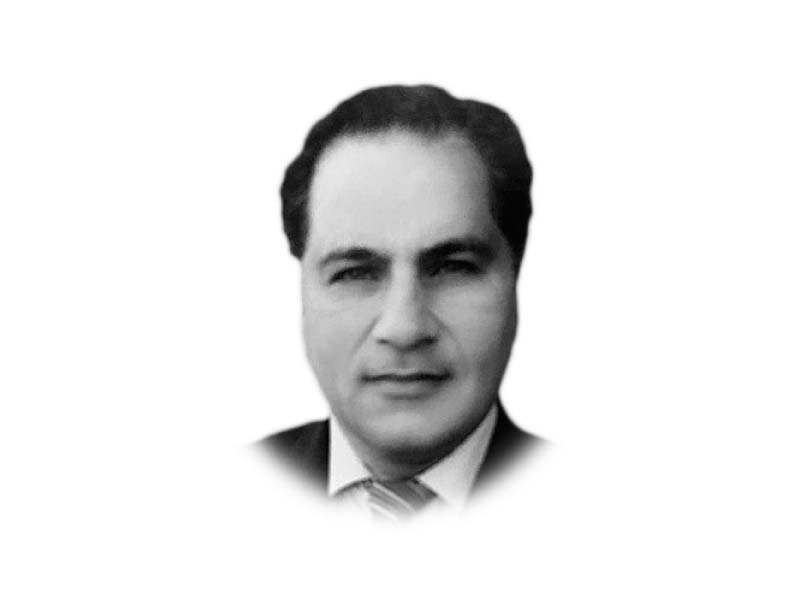
In 19th century, British troops under command of General Elphinstine occupied Kabul in the 1st Anglo-Afghan war. However, an uprising in Kabul forced the British army to retreat to the closest garrison of Jalalabad. On the way back, the British forces lost almost all the troops in ambushes except Dr Brydon, a surgeon in the British army, who was reportedly the lone survivor of the retreating column. In the 20th century, it was the turn of the now defunct USSR to occupy Kabul. On December 27, 1979, 120,000 Red Army troops crossed the Amu River into Afghanistan. The Soviets soldiers engaged for 10 years in unprecedented scorched earth operations, turning half of Afghanistan population to refugees. Finally in 1989, carrying a historical baggage of 25,000 estimated dead and billions of losses, the Soviet troops including the special forces, Speznaz, left Afghanistan at the northern Afghan border town of Hairaton. The 21st century dawned with al Qaeda air-borne 9/11 terror attacks on the US: the first such attacks on mainland US after Pearl Harbour. These attacks proved a precursor to Operation Enduring Freedom that toppled the Taliban regime in 70 days. However, the retreating Taliban melted away into the rural apron only to re-group later and start a protracted insurgency which is now costing the US around $47 billion annually. Today, the war in Afghanistan has become the second most expensive one after WWII; the cost exceeding $1 trillion in the last 17 years.
With the exit strategy in focus, the US raised Afghan Army and Police forces and delegated the security and operations to these institutions. As a result, the US combat casualties have dropped to 18 per annum. Rather it’s the training that has become four times lethal for US forces than combat today. Unlike declining US-Nato combat casualties, the opposite happened to the Afghan security forces which are now facing the brunt of the insurgents. On an average the Afghan security is losing 25 soldiers and police officers per day which is almost 10,000 casualties per annum. Due to high attrition rate, the strength of security forces has dwindled to 308,693 troops, or 87.7 per cent of its assigned strength, the lowest since the creation in 2015. At the same time, the Afghanistan government is gradually ceding territorial control to insurgents. According to the Special Investigator General for Afghan Reconstruction, the Afghan government controls 219 of Afghanistan’s 407 districts, ie, 54 %. The remaining area is either controlled (12%) or contested (34%) by Taliban insurgents. According to independent sources, the Afghan government controls only 35%.
In the backdrop of loss of political appetite for a ‘war forever’ and economic haemorrhage, POTUS Trump announced drawdown of US forces in December 2018 and thereby reducing US troops presence by half. Following this announcement, direct talks between the US and the Taliban commenced at Doha, Qatar. However, any precipitous drawdown of US forces in Afghanistan has national, regional and international repercussions. For Afghanistan, clouds of uncertainty are hovering with this decision. Historically, Afghanistan has two rings of weaknesses in its governance structure. Within the geography of Afghanistan, the centre has remained historically weak with relative greater autonomy in the periphery and rural areas. Externally, Afghanistan is encircled by a ring of strong neighbours with a weak land-locked country at the centre. The military drawdown of US is expected to lead to weaning of economic assistance also. This double loss of military and economic support will reinforce the two rings and weaken the already weak central government. Today, 90% of Afghanistan’s security budget and 66% of the government budget is provided by the donors. Reduced international interest will reverse the progress, especially of the urban centres of Afghanistan which have seen a 10 times increase of students since the fall of Taliban. The weakening of the centre may generate a low-pressure area and thereby prove a catalyst for further turbulence. In case of instability, there will be chase among various power centres for controlling the Lapis Lazuli corridor, Shomali plains with Bagram airbase, Shebergan axis and important border crossings as observed by the recent RAND report on possible future scenarios in Afghanistan. The transnational and international non-state actors like al Qaeda, the Islamic State of Khurasan, East Turkestan Islamic Movement, Islamic Movement of Uzbekistan, etc, may attempt to expand their influence in the vacuum created by US-Nato drawdown.
In the coming days, the political kaleidoscope may bring surprises to the next Afghan Great Game, but the bigger picture will remain the same. While the rifle changed from British Lee Enfield in the 19th century, to Soviet AK-47 in the 20th century and finally to American M-4 rifle in the 21st century during various wars fought on Afghanistan soil, the results remained the same for those who occupied Afghanistan as well as for those who inhabit Afghanistan. Each war augmented the statistics: trenches for those who are alive and graves for those who are not.
Published in The Express Tribune, February 6th, 2019.
Like Opinion & Editorial on Facebook, follow @ETOpEd on Twitter to receive all updates on all our daily pieces.











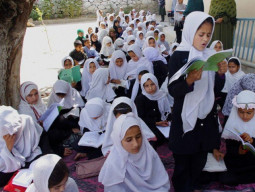
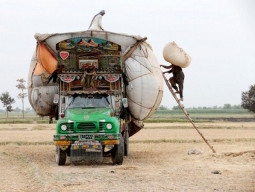
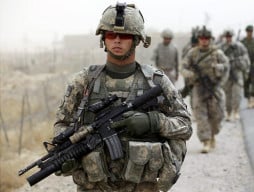
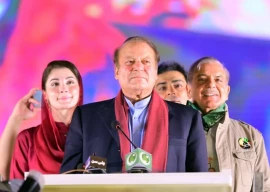













1714024018-0/ModiLara-(1)1714024018-0-270x192.webp)









COMMENTS
Comments are moderated and generally will be posted if they are on-topic and not abusive.
For more information, please see our Comments FAQ